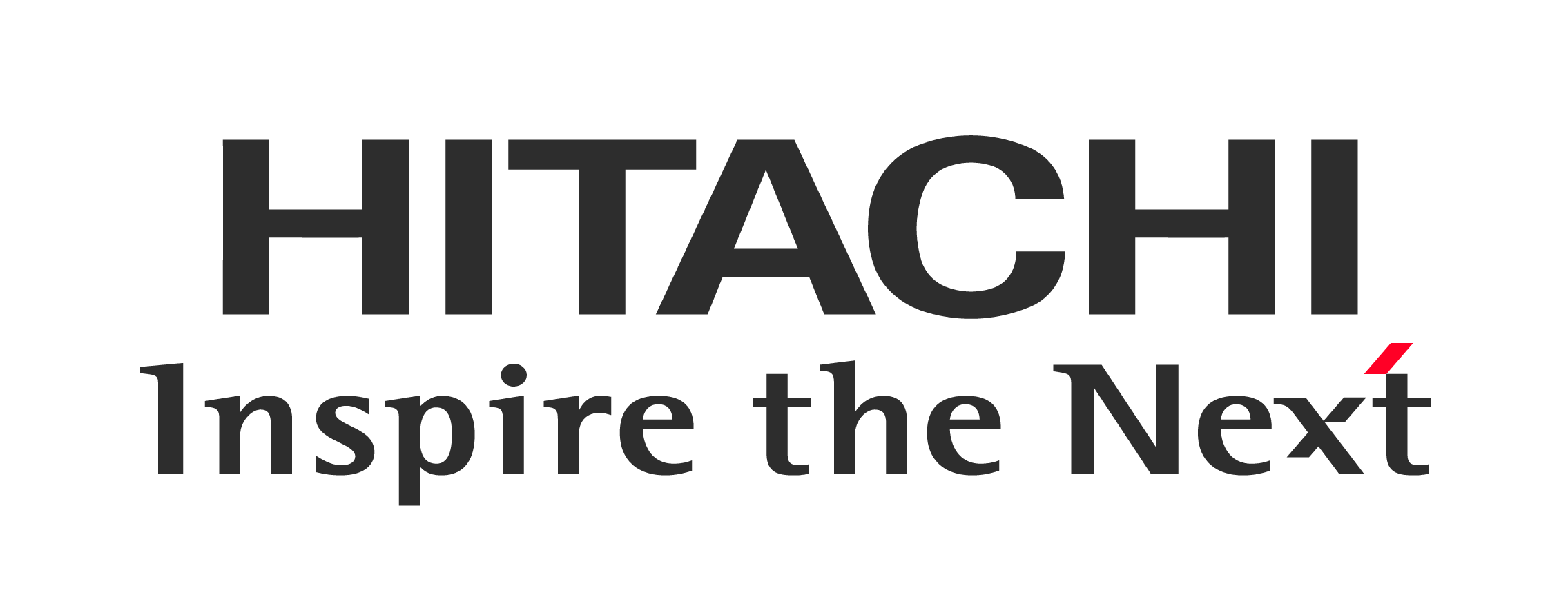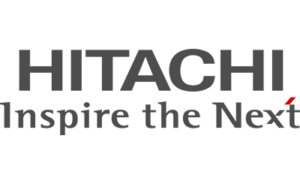Hitachi Streamlines and Secures Procurement with Hyperledger Fabric

Electronic Signature Service: A blockchain-backed, paperless procurement solution
Goals
- Reduce the time needed to process contracts
- Eliminate paper-based system
- Increase trust for digital systems and remote work
Approach
- Convert procurement to a paperless process
- Build trust into the system with Hyperledger Fabric
- Test the use case in one division
- Roll out to other divisions
Results
- 20% increase in contract cases managed per month in one division
- Projected labor savings of 1,225 person-hours per month
- Reduced mailing and paper costs
- Increased ability for remote work
Paper pushing. It’s synonymous with tedious, slow processes. Yet often, the pushed paper is vital to a company’s business. And contracts are especially important paper.
But digitizing a contract process isn’t as simple as it sounds. As the contract moves between parties, there’s a risk of tampering. Or mismanaging version control.
Many companies continue to use paper for their contracting processes to maintain security and trust. The procurement divisions of Hitachi, Ltd. were no different.
Hitachi is a Japan-based global technology organization. It focuses on digital innovation in the mobility, smart life, industrial, energy and IT sectors. The company has 873 companies across more than 100 countries with 380,000 employees worldwide.
At such a scale, Hitachi’s procurement divisions process thousands and thousands of contracts every month. That’s a lot of paper. That’s also a lot of time managing that paper.
Procurement was looking for a solution to manage their contracts more efficiently. Could their process be digitized and secured on the blockchain?
Converting Procurement to a Paperless Process
Hitachi’s procurement divisions followed a traditional processing procedure for their contracts.
Every contract would go through multiple chains of various people before finalization. Physical stamps verified the completed reviews and approvals. The paper process worked well to ensure that documents were original and untampered with. But the process was slow.
Each transfer meant a new person picking up and verifying the documentation. Then they’d do their part of the process. And then they’d have to physically direct the contract to the next person. Sometimes this took hours. If the contract had to be mailed, it took days. Remote work was increasing, and so was mailing documents.
Contracts now took longer to process. Personnel spent time on mundane and trivial tasks, like mailing and verification. Procurement’s contract process got increasingly inefficient.
As you might expect in a company focused on innovation, Hitachi’s procurement division wanted to reduce this inefficiency. First, it wanted to convert the contract transfer process to a digital method to reduce delays from mailing. Then it wanted to digitize other portions of the process.
But there was still the question of ensuring the digital documents remained original and untampered with throughout the many transfers and processing steps.
Building Trust into the System with Hyperledger Fabric
Hitachi’s Service Delivery Division develops tools to help increase business efficiencies. It saw this as a perfect use case. Ultimately, an improved procurement process would help companies within the Hitachi group and their clients.
“Procurement wanted to digitize its processes while maintaining security and trust,” says Kazuyoshi Masuya, Senior Engineer of the Service Delivery Division. “Blockchain provides an immutable record that provides that trust.”
Kazuyoshi’s team set about creating a secure contract management system. For eight months, they worked with procurement personnel to develop the solution. First, they needed to understand the paper process as it was working. The team considered how the process could be more efficient while also keeping the security and integrity of the documentation in place.
The team chose Hyperledger Fabric, an open source blockchain framework from Hyperledger Foundation. Hitachi had already created blockchain-backed frameworks on Hyperledger Fabric in its financial and industrial areas, so the team members knew it could provide the advanced security needed for critical document processing.
“Procurement wanted to digitize its processes while maintaining security and trust. Blockchain provides an immutable record that provides that trust.”
Testing the New Process
The procurement division of Hitachi’s head office tested the new paperless, blockchain-backed, Electronic Signature Service (ESS). This division manages the contracts with 2,000 business partners.
It began digitally processing all new contracts in July 2021. Under the old paper-pushing method, the division processed about 333 cases per month.
Now it is processing at least 400 contract cases per month — a 20% increase. And though they’re processing more cases, they’re doing them in less time than before. Division personnel now have time to focus on other important tasks like investigation, negotiation, and engaging with new contract companies.
Before implementing the ESS, it was a challenge to find the time to manage these critical tasks.
“Hitachi’s Electronic Signature Service has greatly simplified and streamlined a very time-consuming process,” says Kazuyoshi.
The Electronic Signature Service works like this:
- A client uploads a PDF needing signature to Hitachi’s private cloud environment
- The client registers their signature image
- The solution adds the signature image to the document and records data (time, date, and operation history) to Hitachi’s Hyperledger Fabric-backed blockchain environment
- The Adobe Approved Trust List (AATL) signatures are added to the contract
- The signatures and keys get verified
- The client downloads the signed contract downloaded
The signed and verified document is stored and searchable for Hitachi and its partner companies, making processing easier.
The Electronic Signature Service also makes it possible to keep contract cases efficiently moving, even for remote workers.
“Hitachi’s Electronic Signature Service has greatly simplified and streamlined a very time-consuming process.”
Rolling Out to Other Divisions and Beyond
Because of its first success, Hitachi plans to roll out the Electronic Signature Service to all its procurement divisions. These divisions manage the 3,500 companies contracting with the Hitachi Group. Once the rollout is complete, in March 2023, the divisions expect to handle at least one contract case per company per month.
And while they’re rolling out the system, Kazuyoshi’s team will consider incorporating Public Biometric Infrastructure (PBI) into the solution.
Hitachi is still reviewing data on the first division’s time savings, but it estimates that once all the procurement divisions move to the ESS, it will save 73,500 minutes per month. That’s 1,225 extra hours Hitachi team members can use to focus on other important tasks, like helping associated departments meet their customers’ needs.
Beyond helping improve contract processing and security within its walls, Hitachi sees this solution helping other paper-burdened customers. Shifting to a digital, blockchain-backed solution, like the ESS, can help companies improve their efficiency and free their procurement teams to focus on other important tasks. It also helps companies with a mission to lower their environmental impacts by reducing the need for paper.
“Once we have perfected the product within our divisions, we’ll begin selling this product and service outside,” says Kazuyoshi. “Any company working with many partner companies and which needs secure contracts could benefit from this solution.”
-1.png?width=1200&height=457&name=image1%20(1)-1.png)
About Hitachi, Ltd.
Hitachi, Ltd. includes 873 companies across more than 100 countries. Since 1910, the company has been a leader in innovative products and solutions that support industry and social infrastructure around the globe. All Hitachi, Ltd. companies operate as “One Hitachi” and are guided by the Hitachi Spirit of harmony, sincerity, and pioneering spirit. To learn more, visit https://www.hitachi.com/

About Hyperledger
Hyperledger Foundation was founded in 2015 to bring transparency and efficiency to the enterprise market by fostering a thriving ecosystem around open source blockchain software technologies. As a project of the Linux Foundation, Hyperledger Foundation coordinates a community of member and non-member organizations, individual contributors and software developers building enterprise-grade platforms, libraries, tools and solutions for multi-party systems using blockchain, distributed ledger, and related technologies. Organizations join Hyperledger Foundation to demonstrate technical leadership, collaborate and network with others, and raise awareness around their efforts in the enterprise blockchain community. Members include industry-leading organizations in finance, banking, healthcare, supply chains, manufacturing, technology and beyond. All Hyperledger code is built publicly and available under the Apache license. To learn more, visit: https://www.hyperledger.org/.
Sign up for Hyperledger Horizon & /dev/weekly newsletters
By signing up, you acknowledge that your information is subject to The Linux Foundation's Privacy Policy